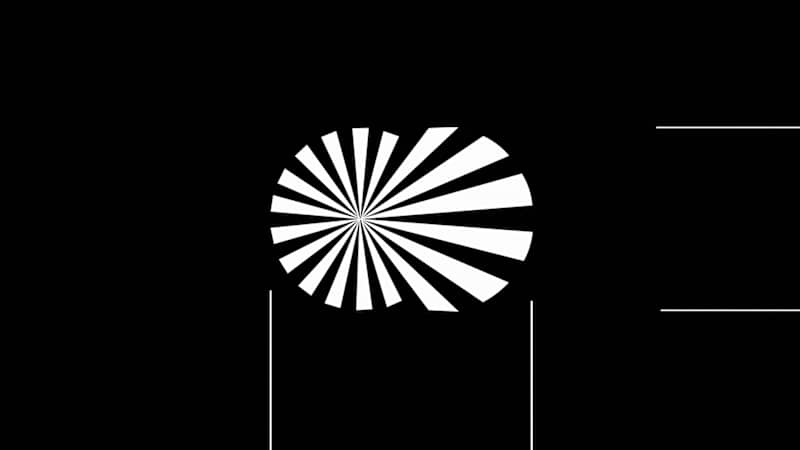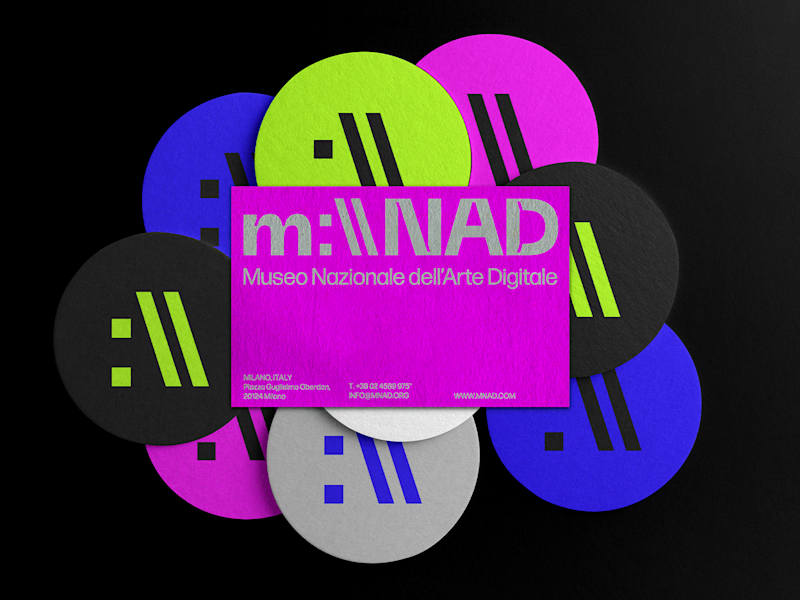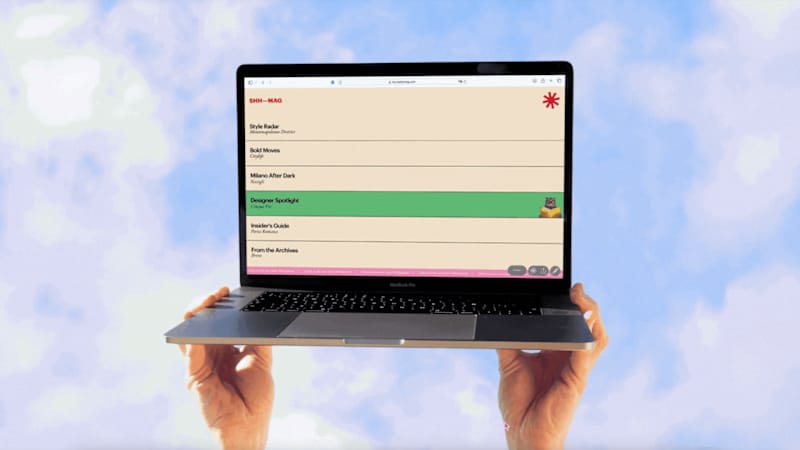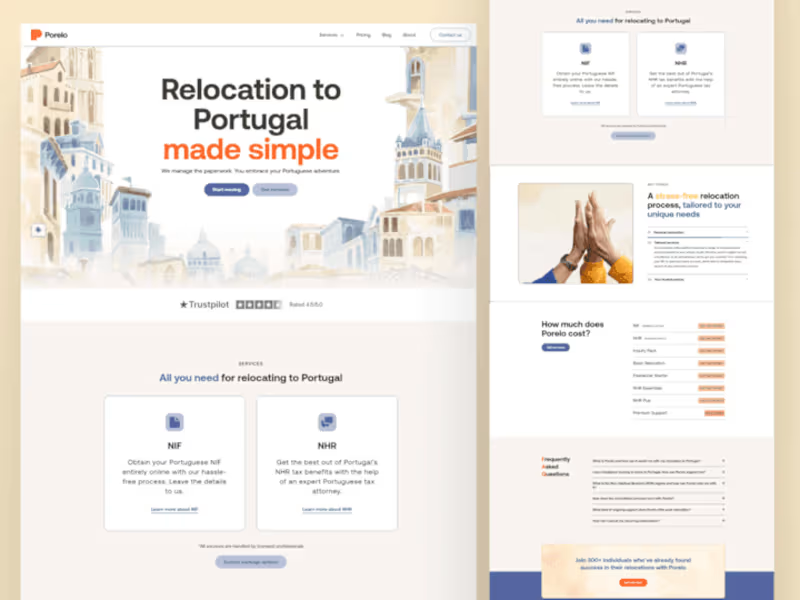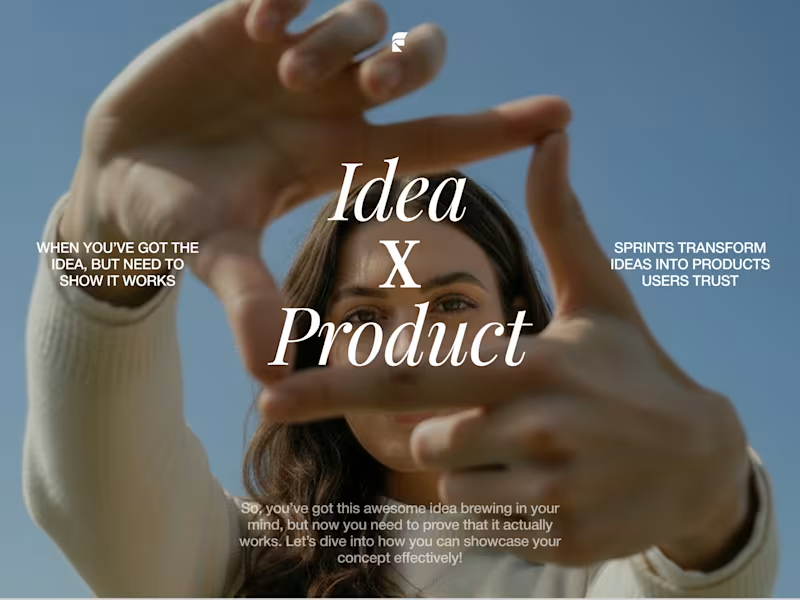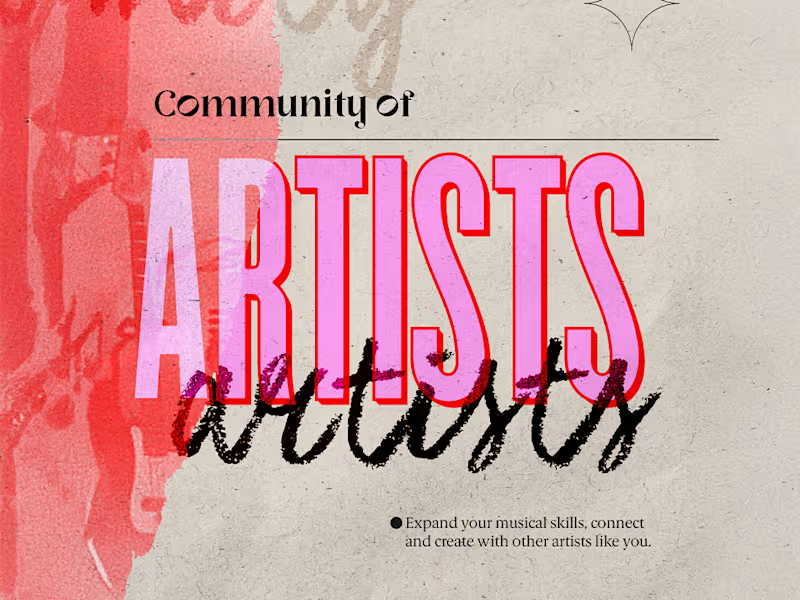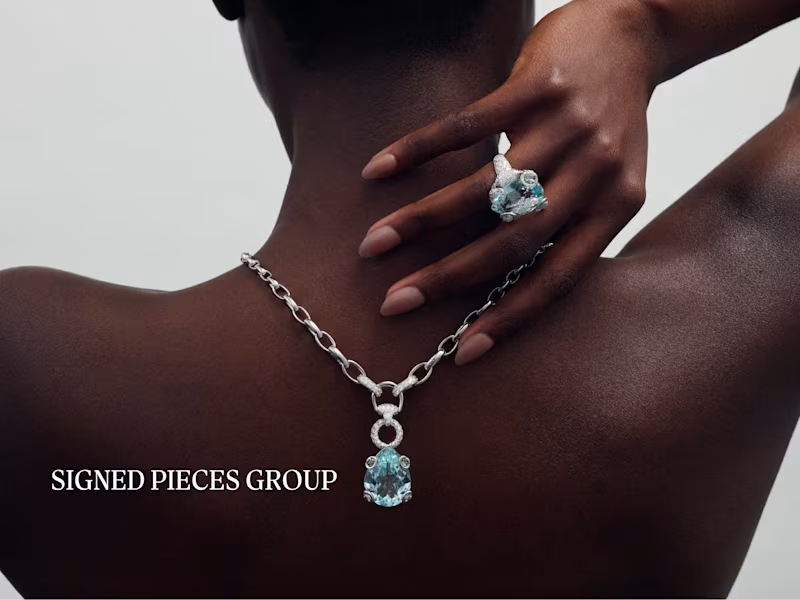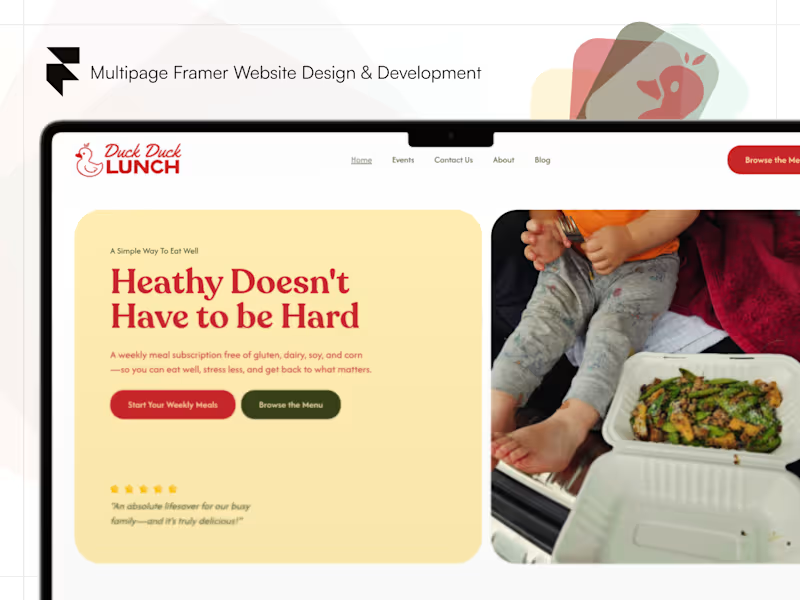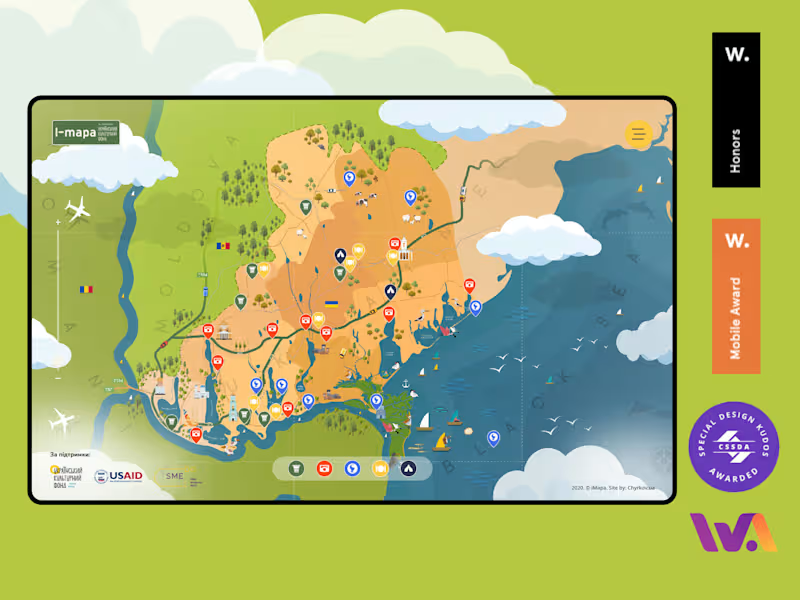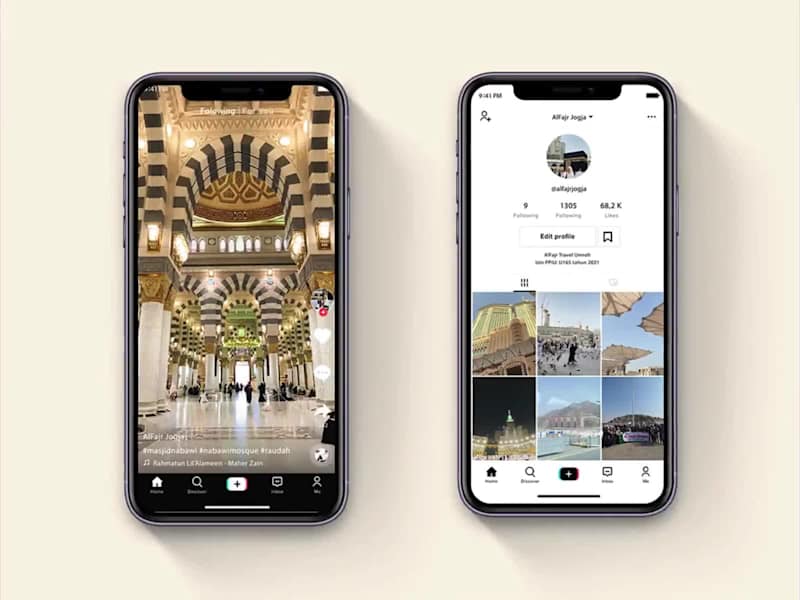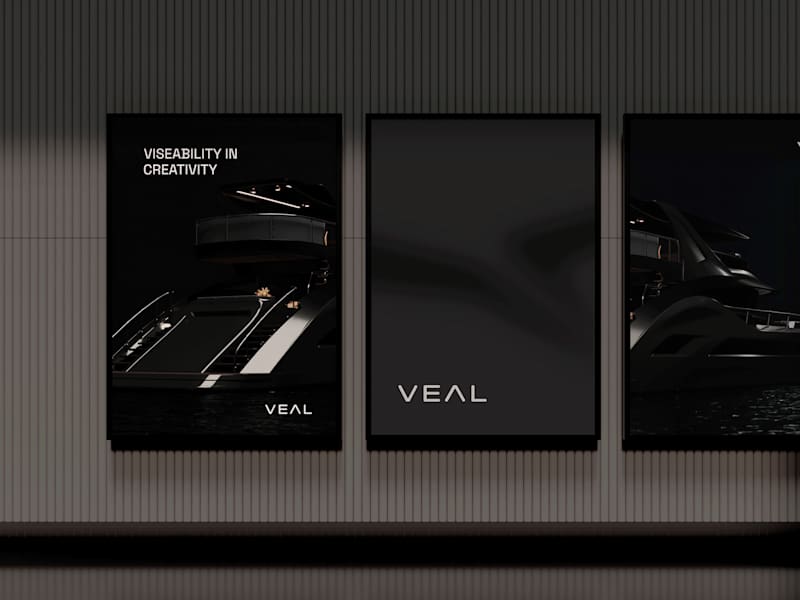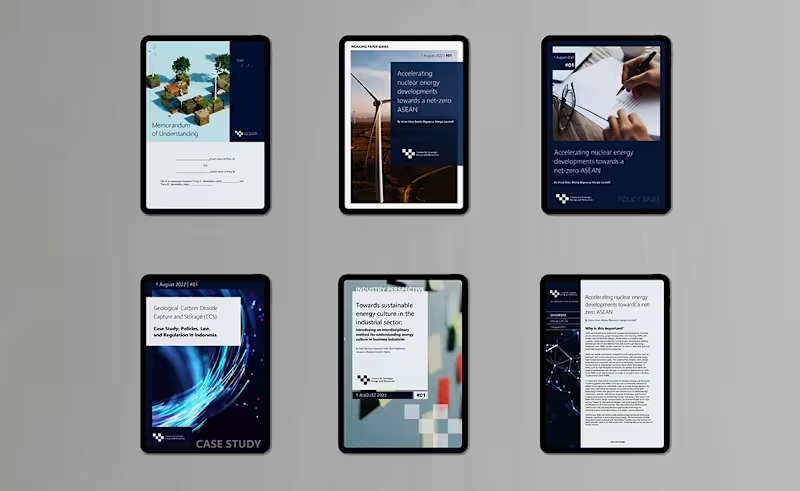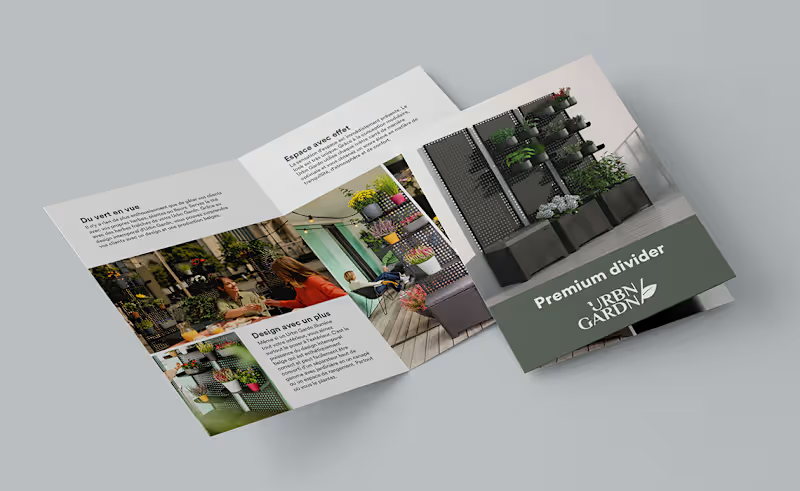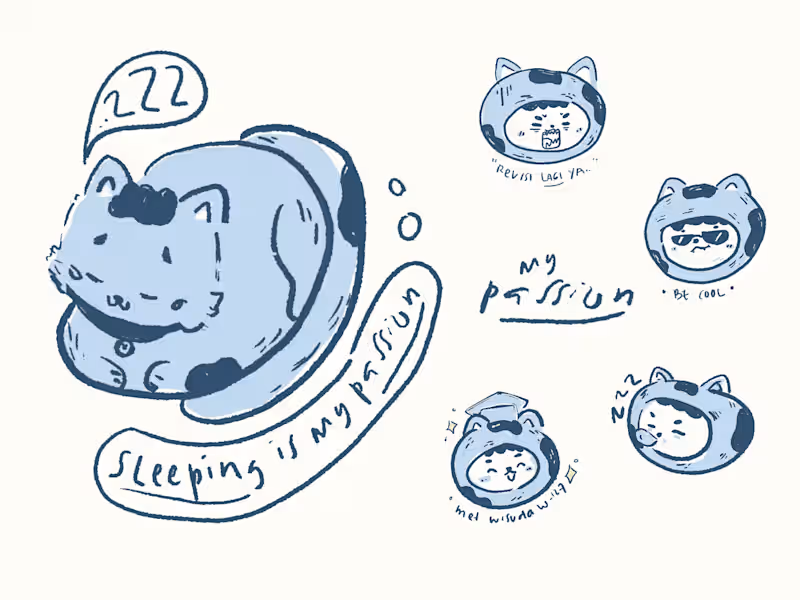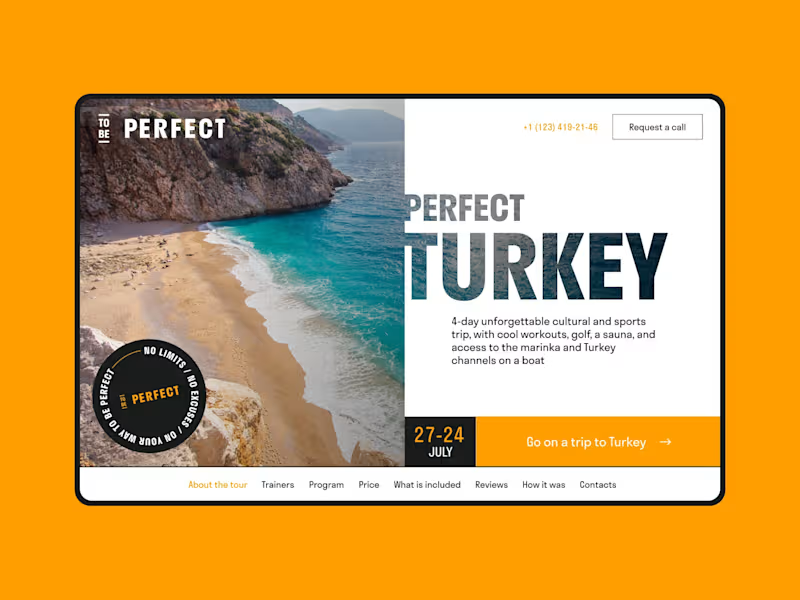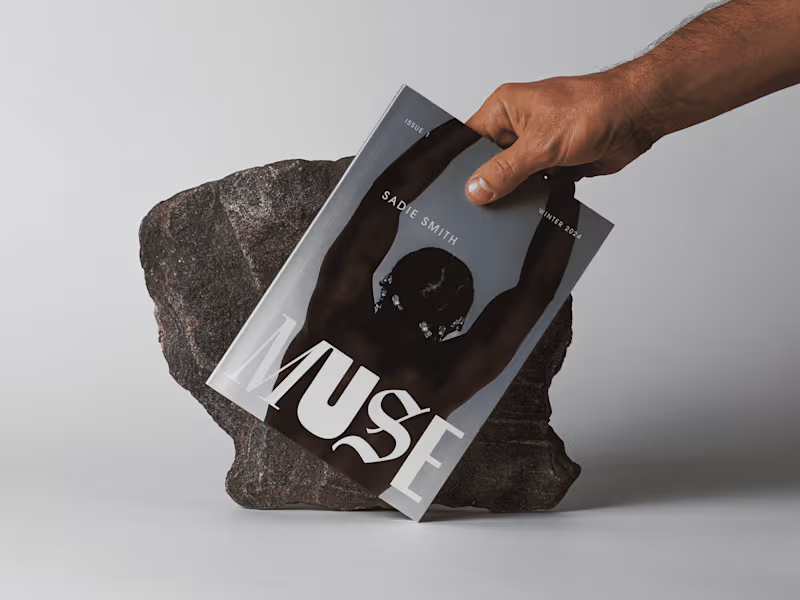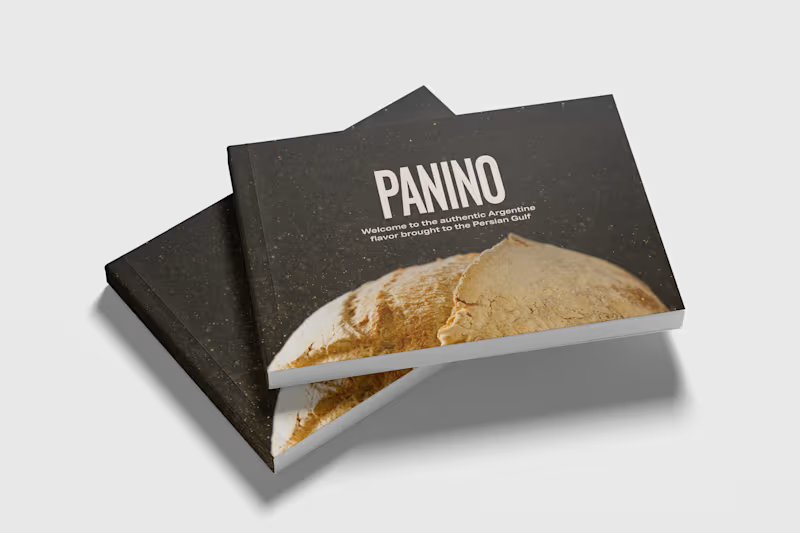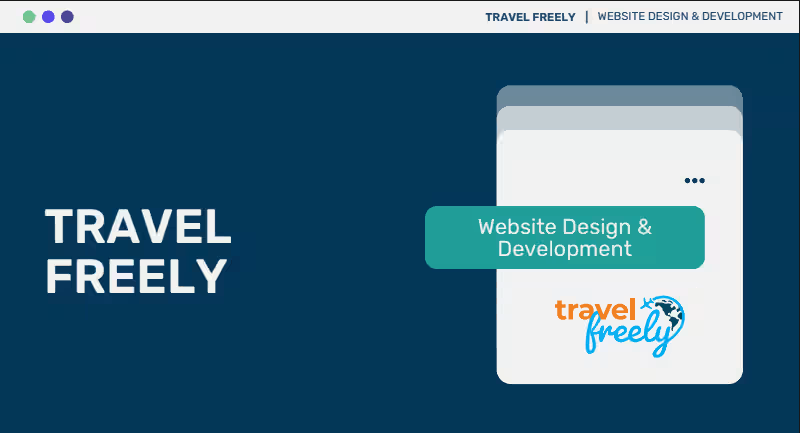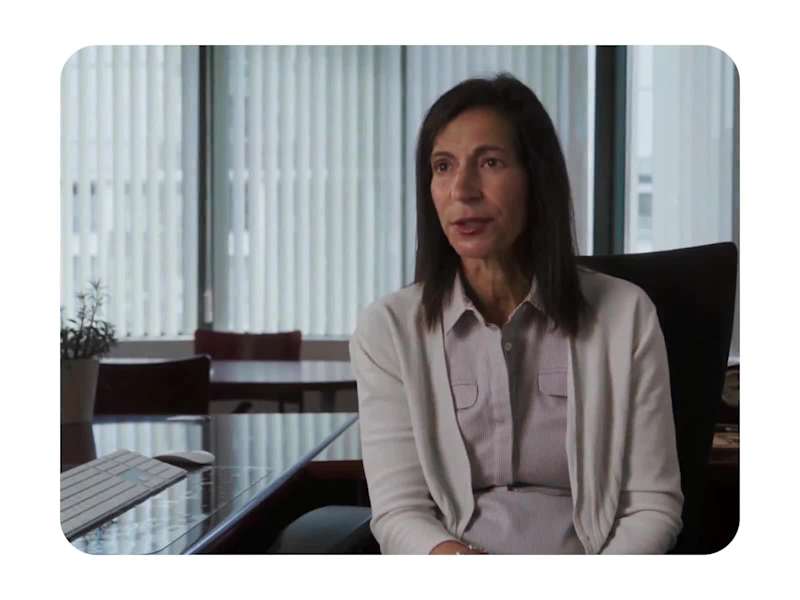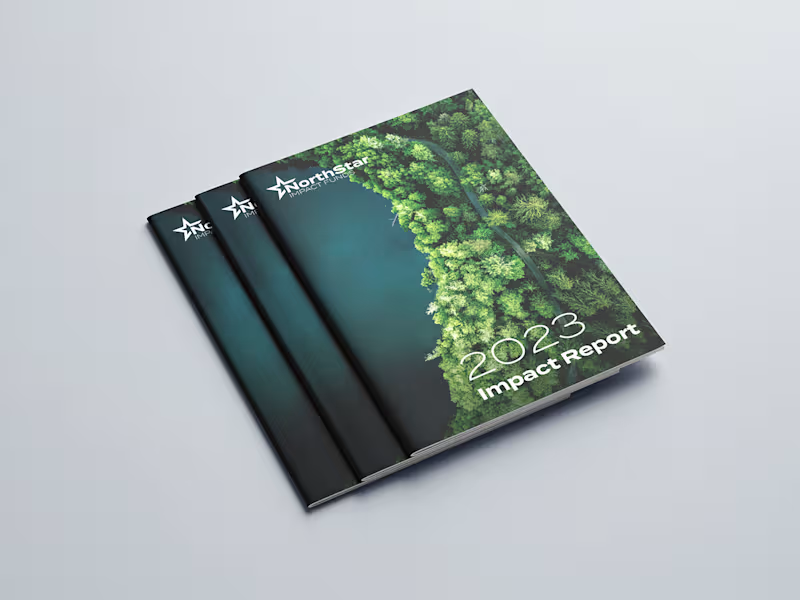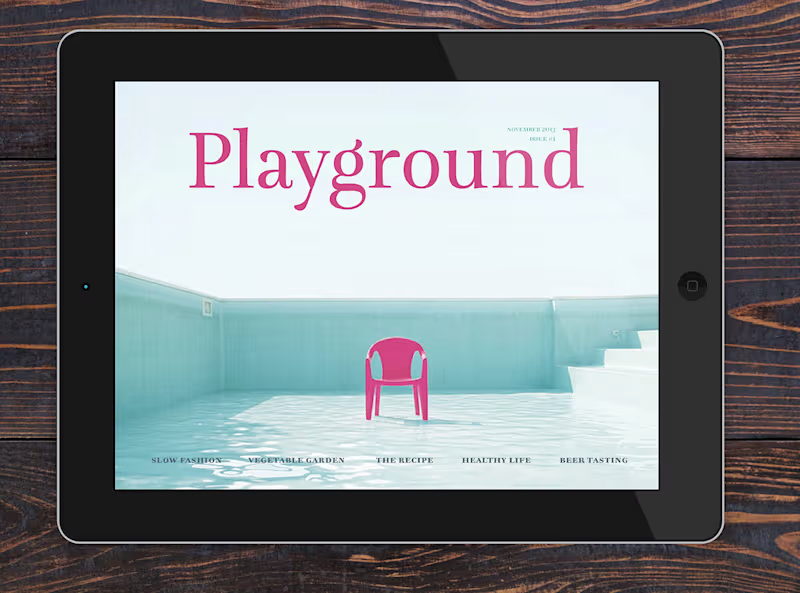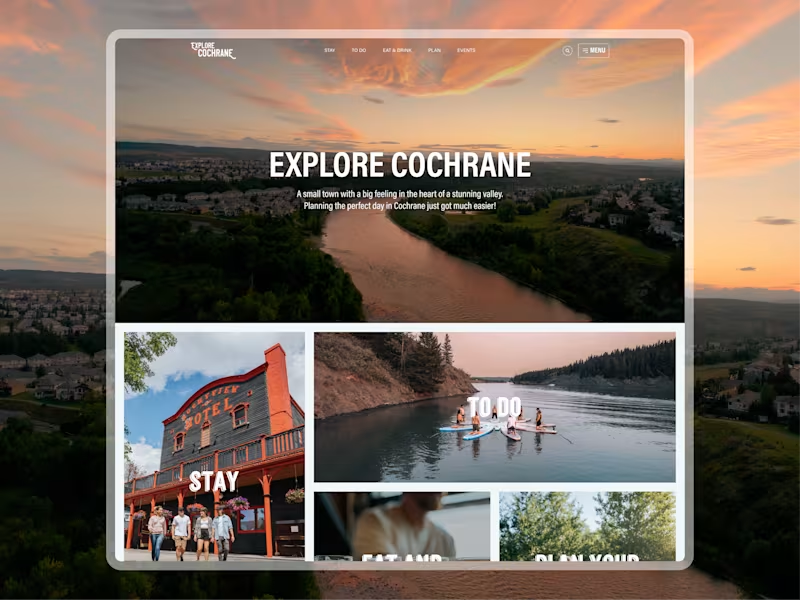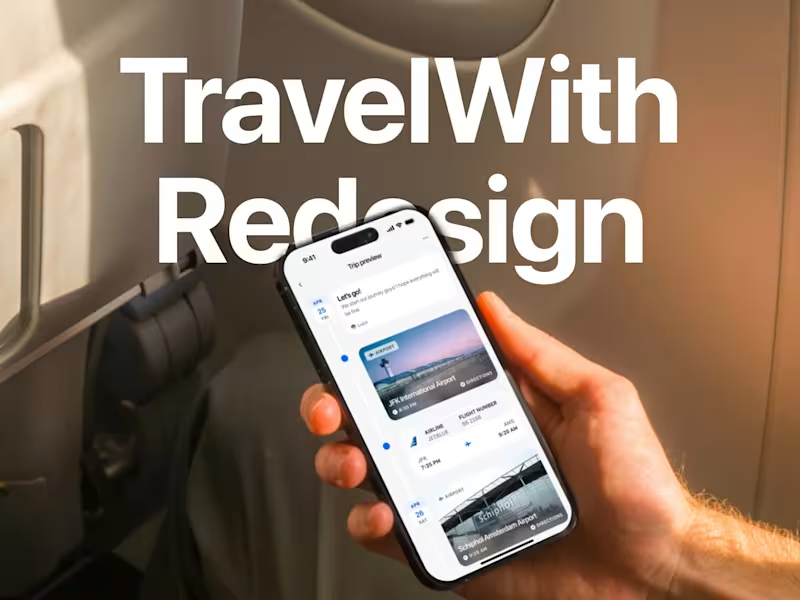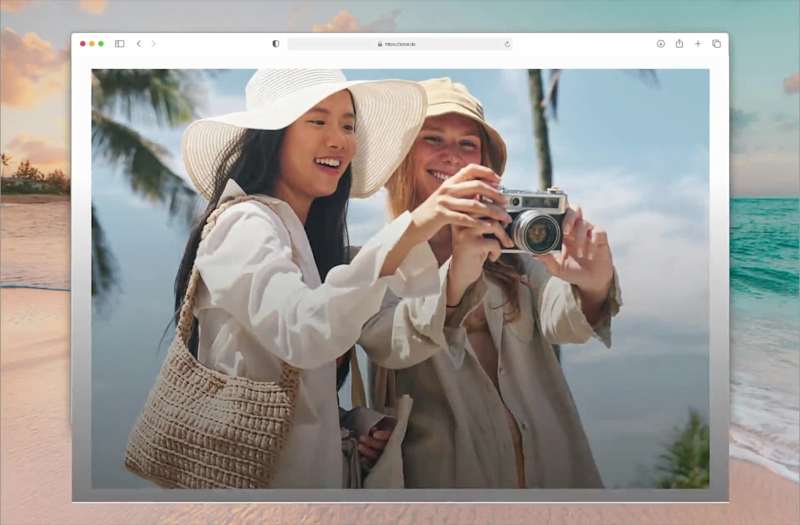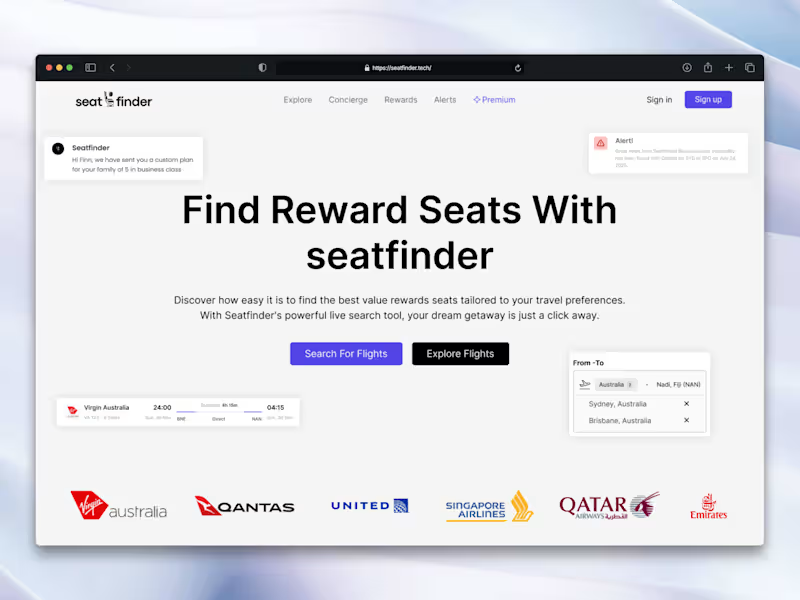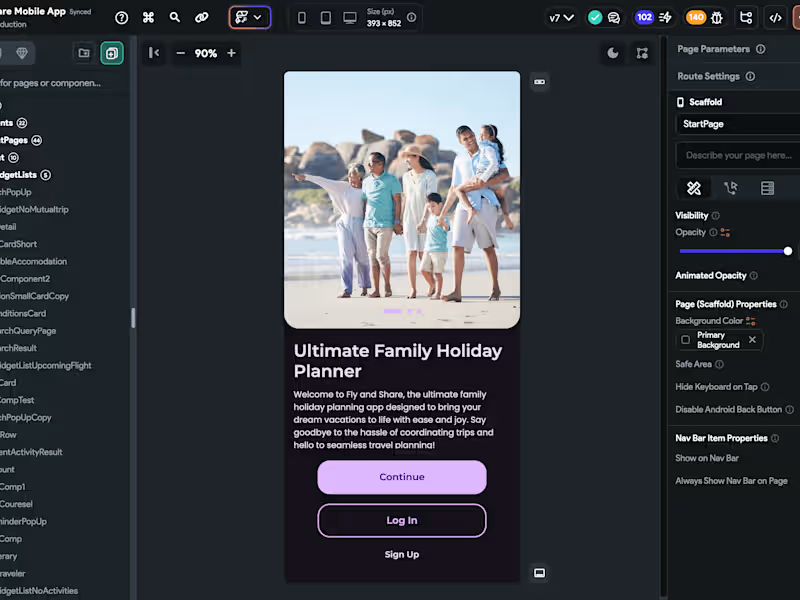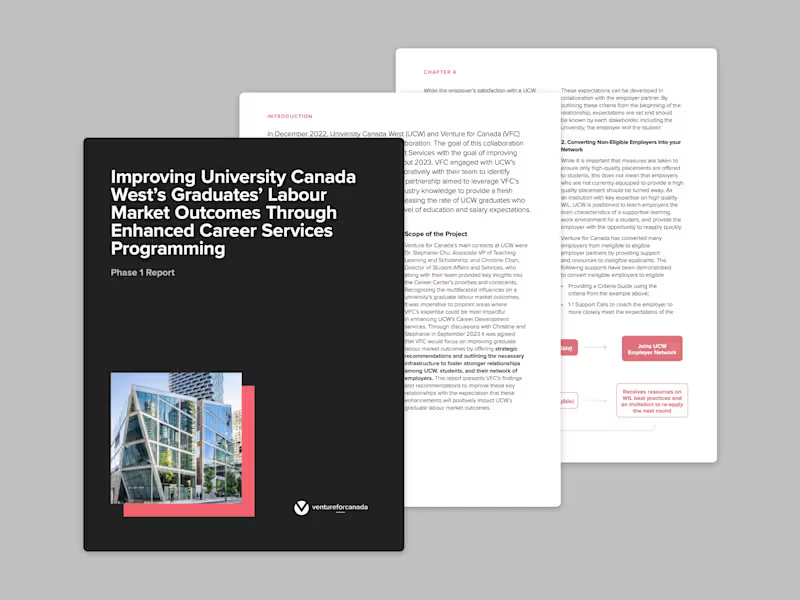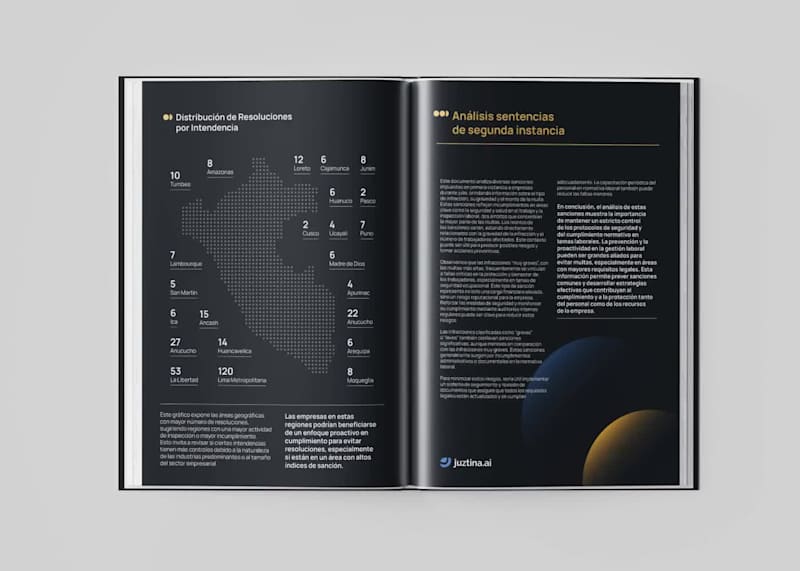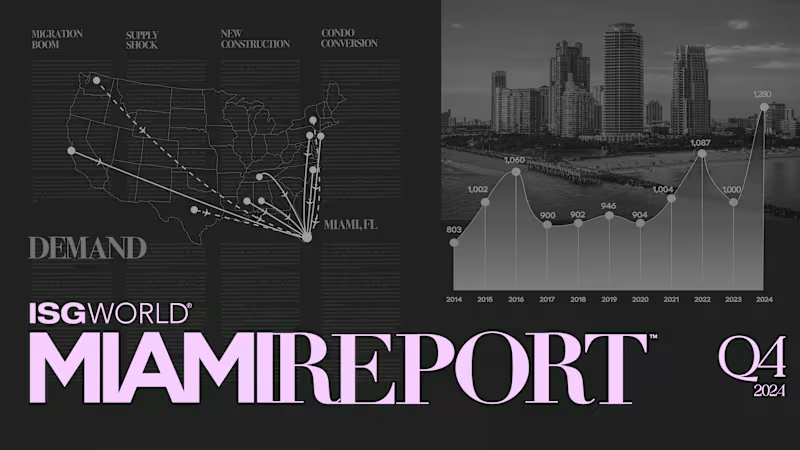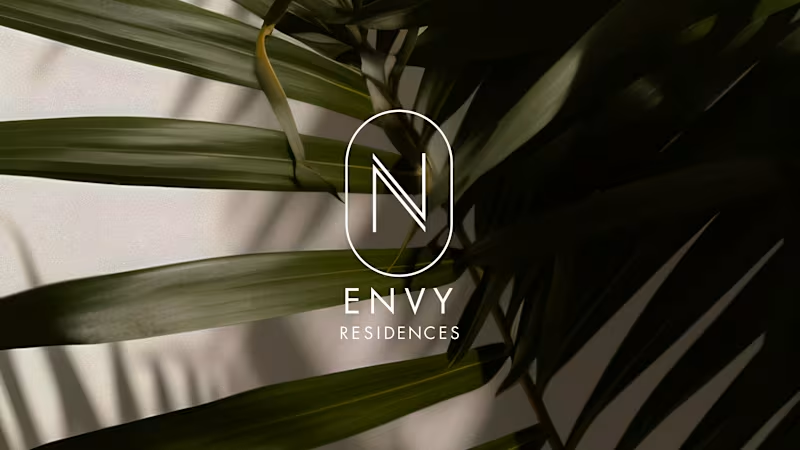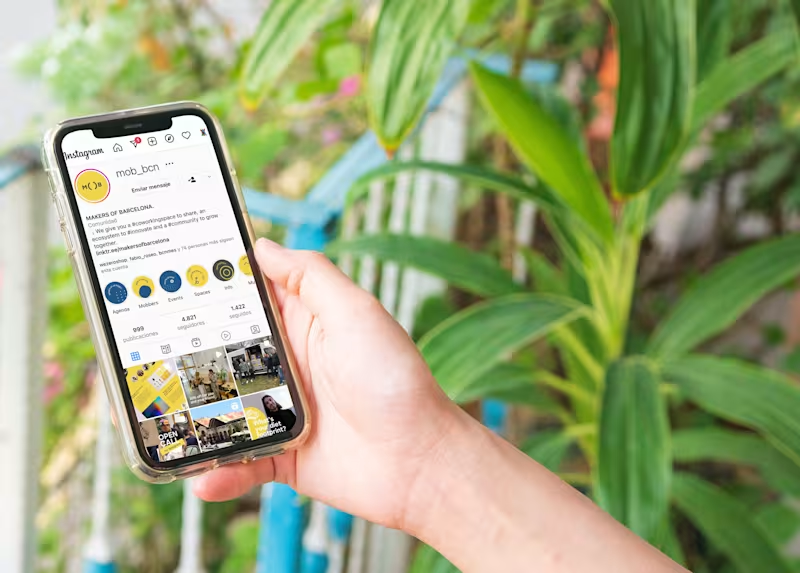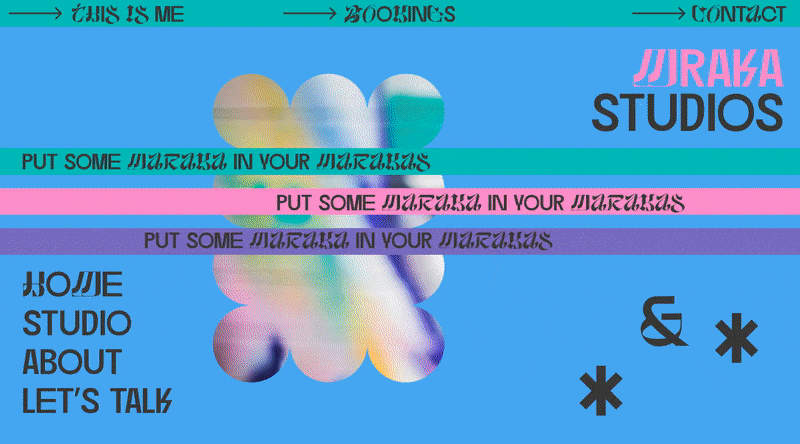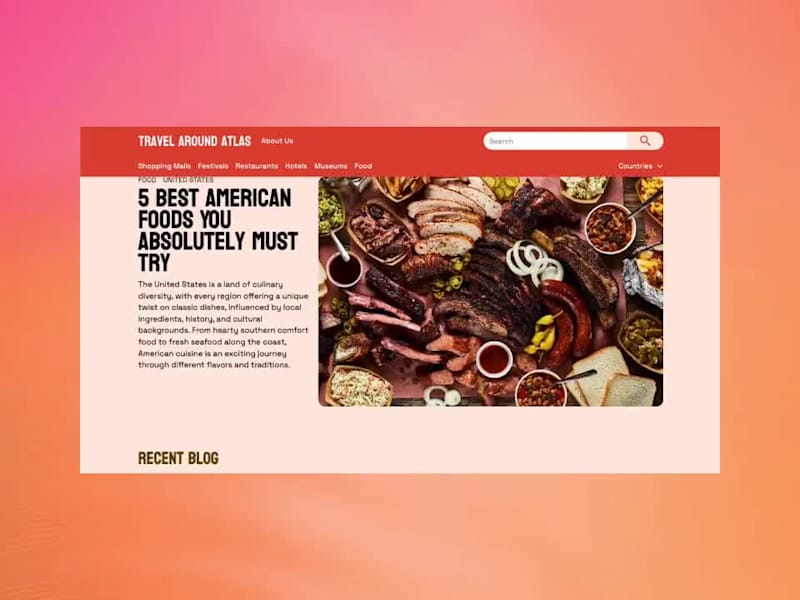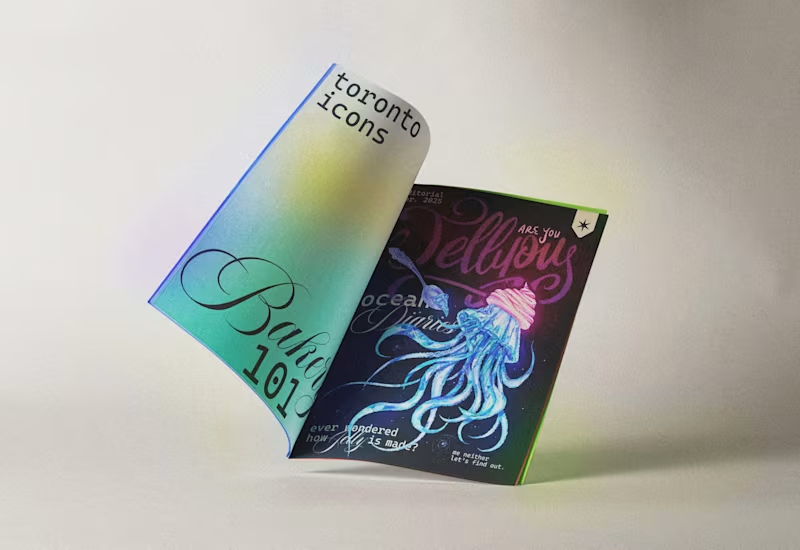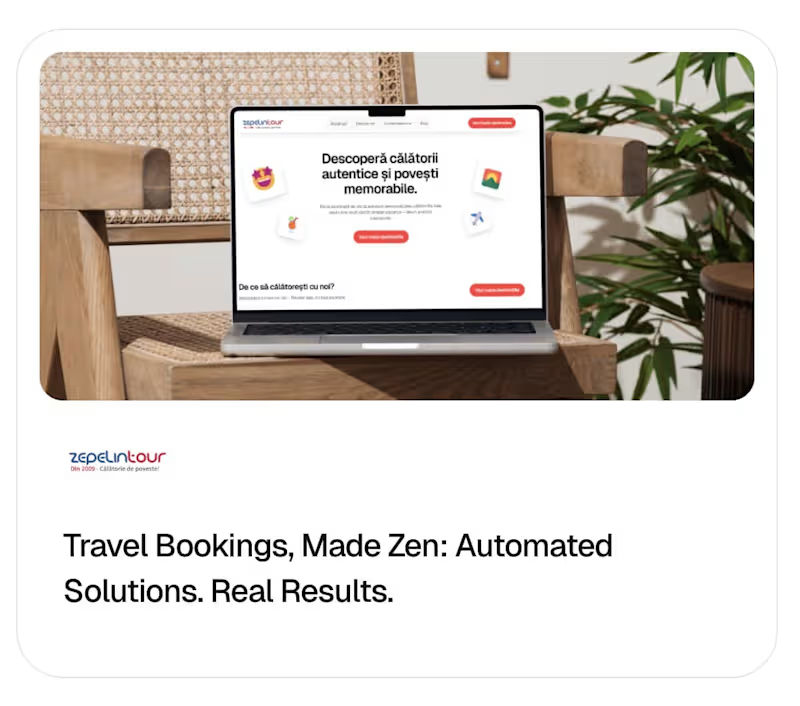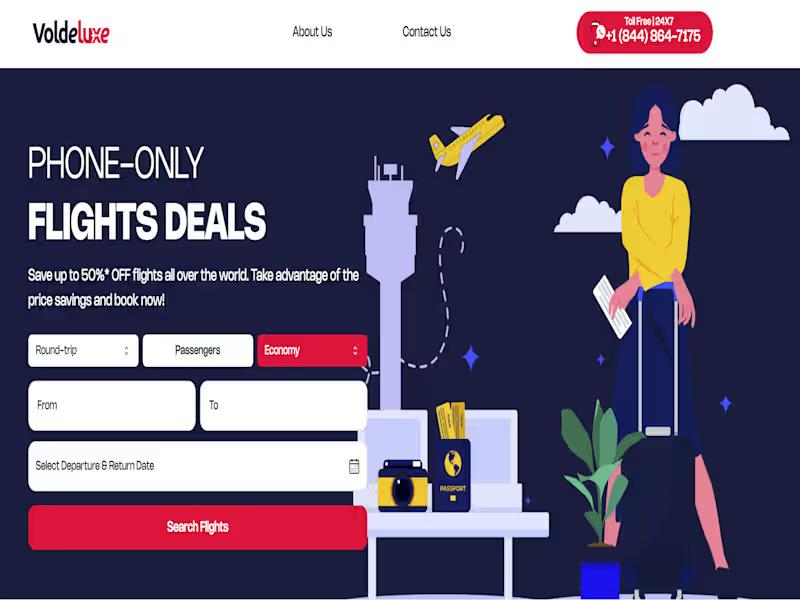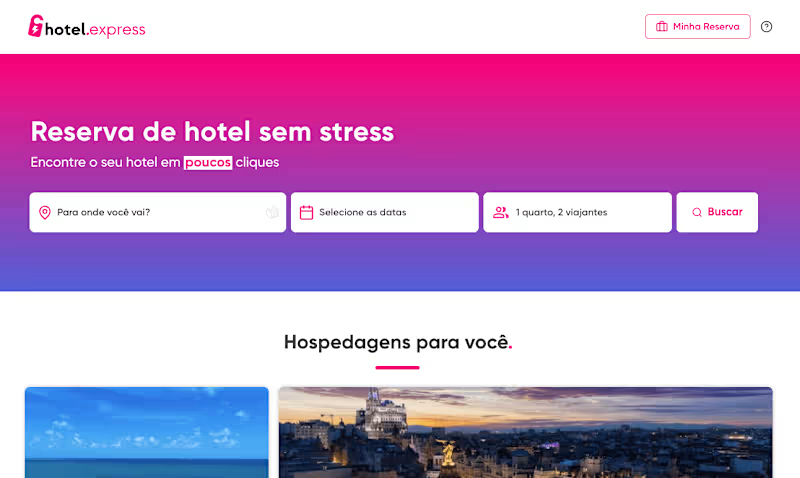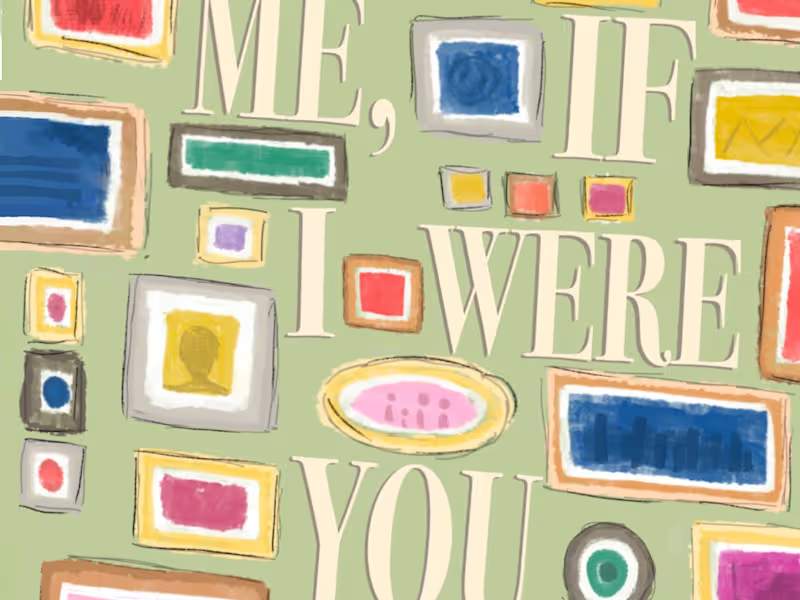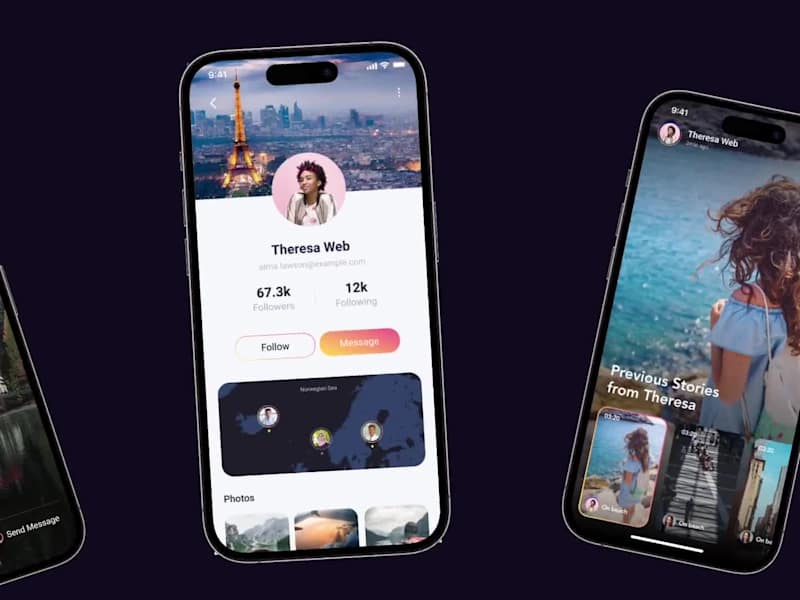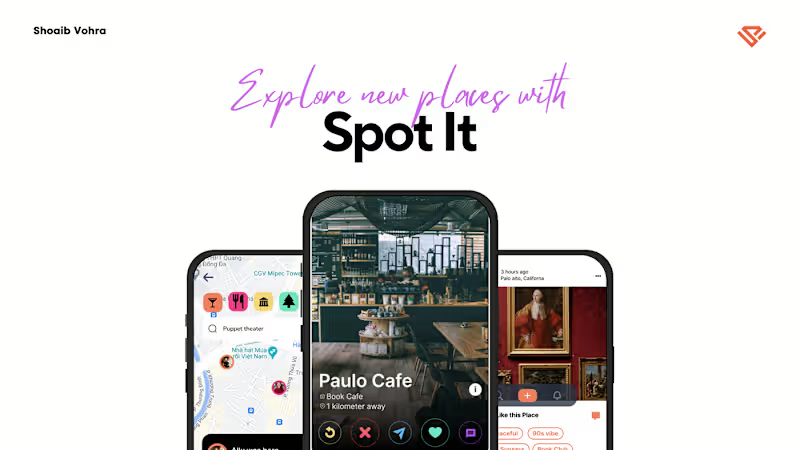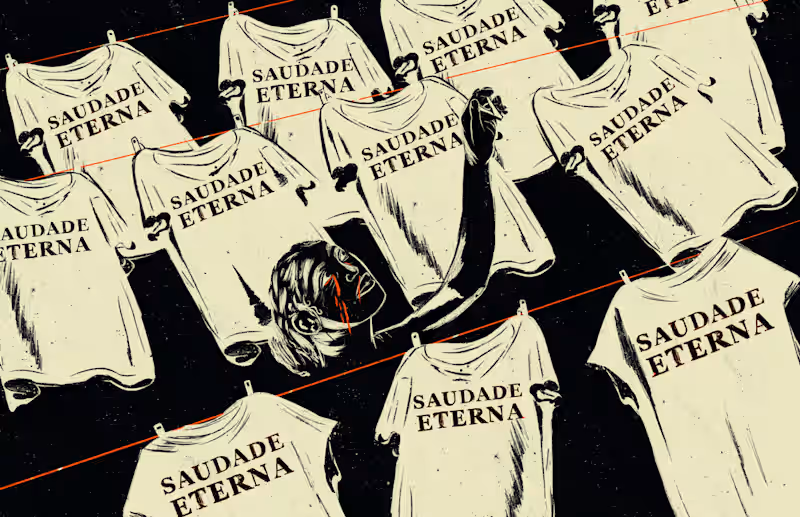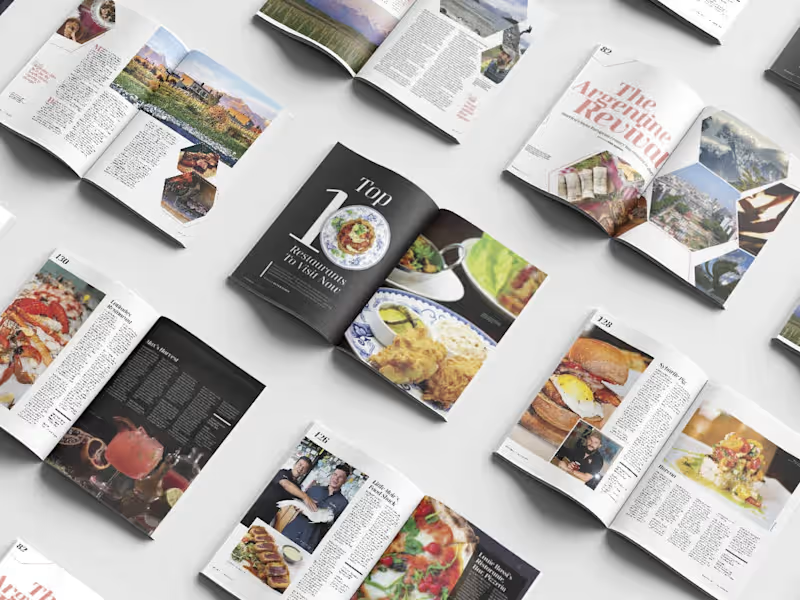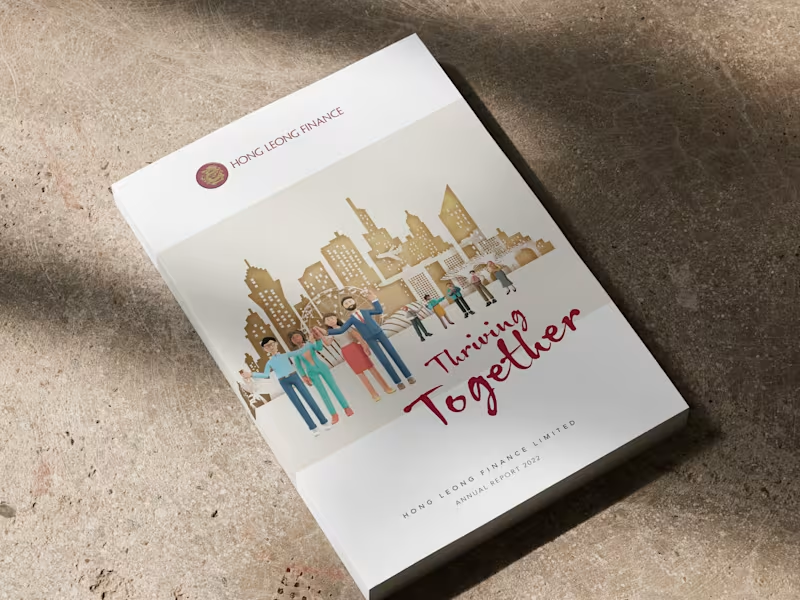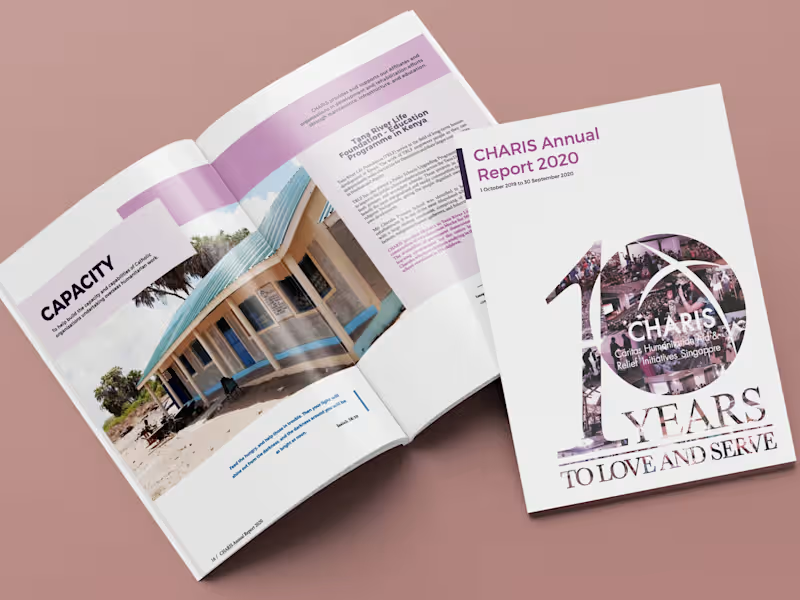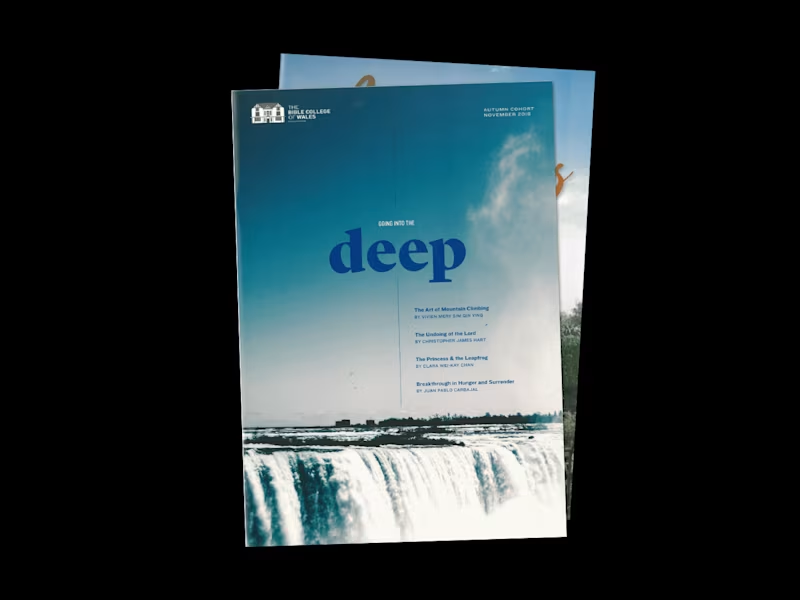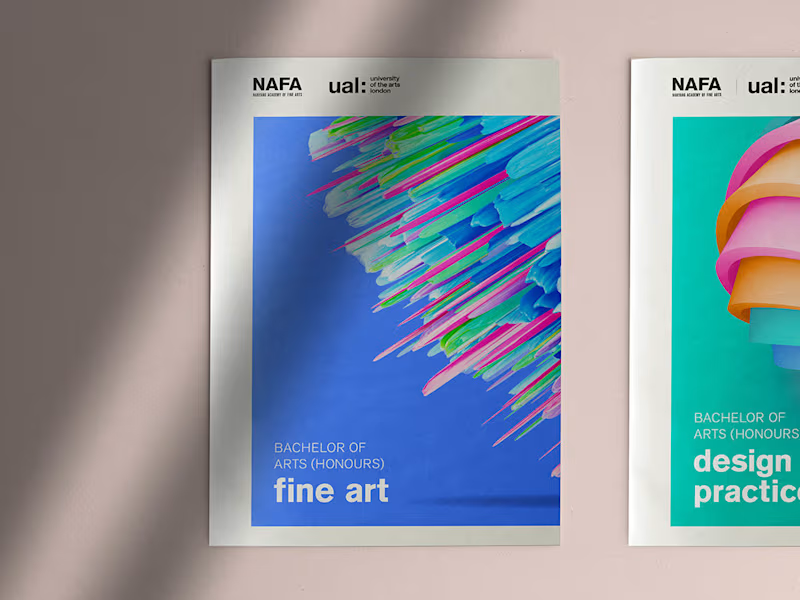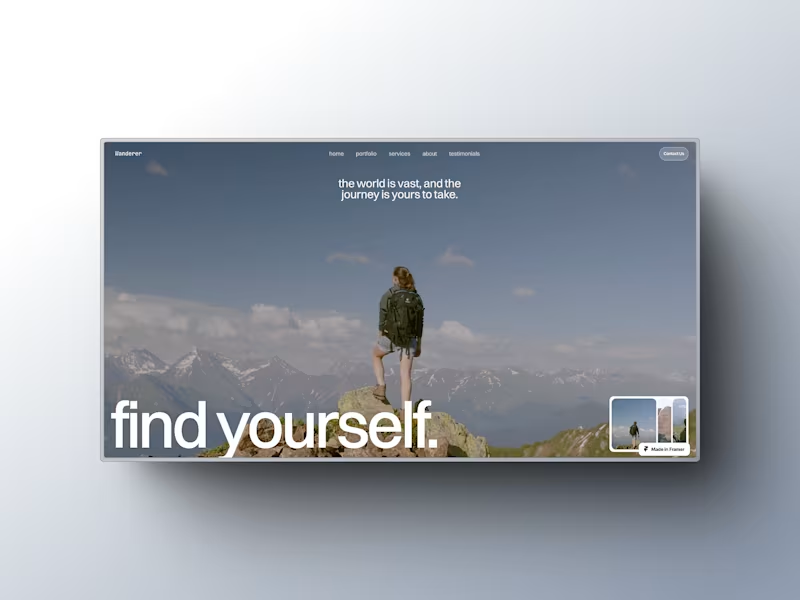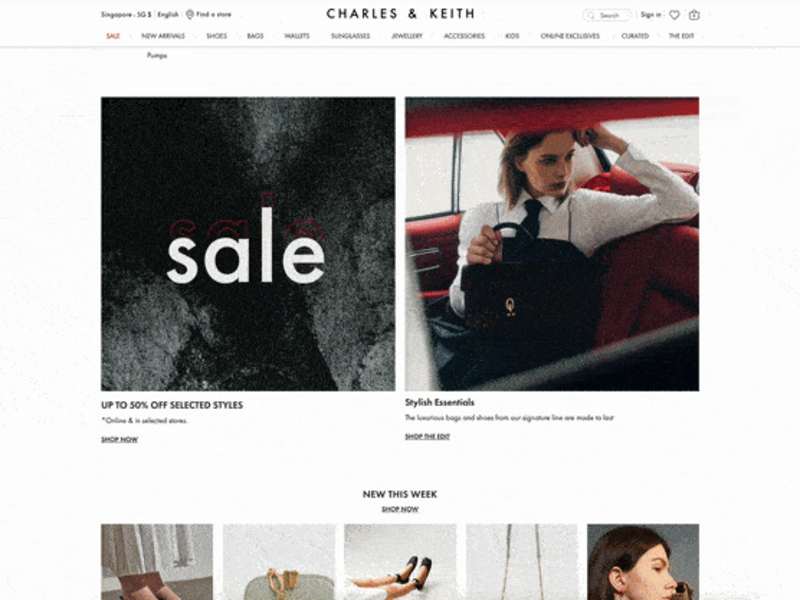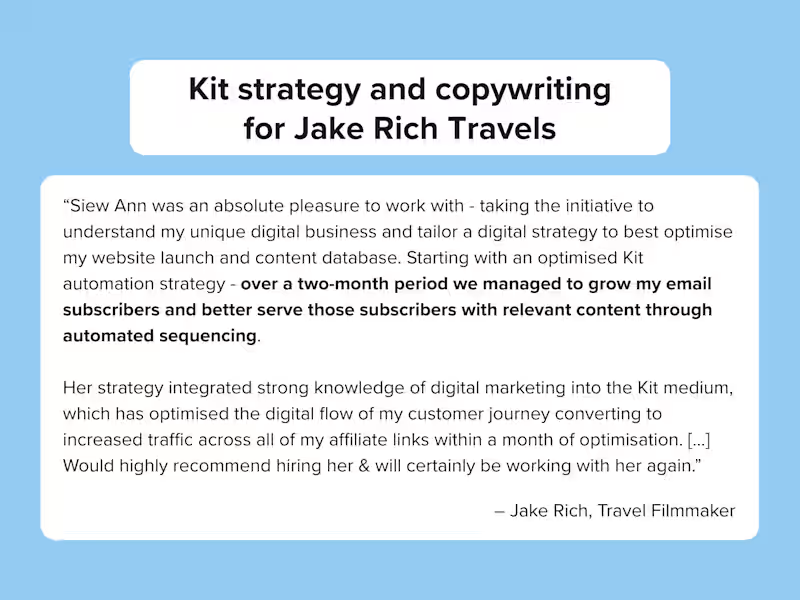What should clients consider when defining a project scope for an editorial designer?
Clients should outline the key elements of the project, such as deadlines, the number of pages, and the design style needed. It helps to list the specific deliverables you expect, like digital files or printed materials. Clarity in your project scope ensures that both the client and the designer have the same understanding from the start.
How can clients ensure they choose a freelance editorial designer with the right experience?
Clients should review portfolios to see past work similar to what they need. Look for relevant skills like layout design, typography use, and visual storytelling. Clients should pay attention to the designer's creativity and how they handle complex projects.
Why is it important for clients to discuss timelines with an editorial designer?
Timelines help clients and designers agree on when each piece of the project will be completed. It's good to set milestones for reviewing and approving work. This keeps the project on track and ensures a smooth workflow.
What role do design mock-ups play in hiring an editorial designer?
Design mock-ups allow clients to see a preview of what the final design could look like. It helps in understanding the designer's vision and ensures it meets the client's expectations. Mock-ups can be adjusted based on feedback, so it's important for clients to discuss this early on.
Why should clients communicate their brand guidelines to the editorial designer?
Brand guidelines ensure that the designer understands the client's visual and stylistic preferences. This includes color schemes, fonts, and the overall tone of the brand. Clear guidelines help create a design that aligns with the brand's identity.
How can clients agree on design revisions with an editorial designer?
It's helpful to establish how many revisions are included and the process for requesting changes. Setting clear expectations about revisions can lead to a smoother collaboration. Clients should communicate openly about any adjustments needed after reviewing initial drafts.
What should clients prepare before starting a project with an editorial designer?
Clients should gather all necessary content, like text, images, and any existing design elements. Providing designers with these materials ahead of time ensures a faster start and more accurate project planning. It's also beneficial to prepare a brief with project goals and key messages.
Why is establishing a communication plan crucial in working with an editorial designer?
A communication plan clarifies how and when the client and designer will check-in during the project. It ensures timely responses and makes it easier to address any issues quickly. This helps maintain a good working relationship and prevents misunderstandings.
How can clients evaluate the style compatibility with a potential editorial designer?
Clients should review the designer's previous projects to see if their style matches the desired look for the client's project. Examining portfolios can reveal the designer's ability to handle the specific aesthetic unique to the client’s needs. Style compatibility ensures the end product will align with the client's vision.
What is the importance of discussing file formats with an editorial designer?
Determining the file formats ensures clients receive designs in a usable form for their intended purpose, whether for print or digital use. Different formats might be required depending on where the design will be used. Discussing this beforehand avoids any issues with the final delivery of the project.
Who is Contra for?
Contra is designed for both freelancers (referred to as "independents") and clients. Freelancers can showcase their work, connect with clients, and manage projects commission-free. Clients can discover and hire top freelance talent for their projects.
What is the vision of Contra?
Contra aims to revolutionize the world of work by providing an all-in-one platform that empowers freelancers and clients to connect and collaborate seamlessly, eliminating traditional barriers and commission fees.

- 3x
- Hired
- 5.0
- Rating
- 99
- Followers

- $100k+
- Earned
- 86x
- Hired
- 4.8
- Rating
- 339
- Followers
expert
expert

- $50k+
- Earned
- 14x
- Hired
- 5.0
- Rating
- 186
- Followers
Top

- $10k+
- Earned
- 30x
- Hired
- 5.0
- Rating
- 160
- Followers
expert
Club




























